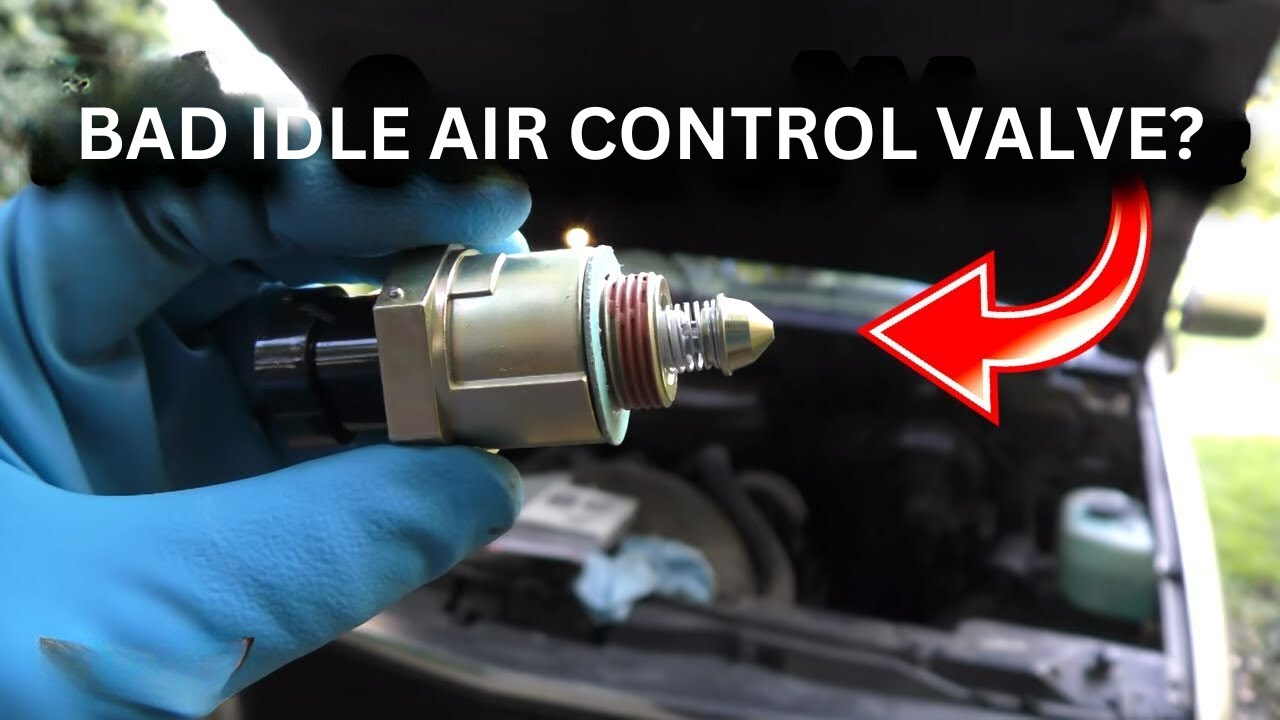The PCV valve, an abbreviation for “positive crankcase ventilation,” is responsible for directing any surplus gas away from the crankcase. It continues on to the intake manifold before returning to the engine. There will be PCV oil consumption in the event that the PCV valve hose breaks.
In other words, the gas won’t be able to return to the engine, leading to diminished power and more pollution. The symptoms of a malfunctioning PCV valve, how to test it, and how to replace it are all covered extensively in this page.
What is a PCV valve? I’ll summarise this post for you before we get to that. Tell me how a PCV valve operates. Also, the symptoms that indicate a malfunctioning PCV valve.

Symptoms of a bad PCV valve
Hard plastic, a hose, and a spring make up the majority of PCV valves. The severe environments in your engine compartment will cause them to wear down with time. Due to the critical nature of the PCV valve, there are telltale signs that indicate when the valve is about to fail and alert the driver. In order to know what to do if you observe any of these signals, let’s take a quick look at these symptoms.
- Check engine light
- Rich/Lean Engine
- Engine misfire and Rough idling
- Oil leaks/increased oil consumption
- Rough acceleration
- Gray/white/black smoke from the exhaust

What is involved in checking and replacing a PCV valve?
The recommended frequency of component replacement and general vehicle maintenance varies throughout manufacturers. There is no special case for PCV system service. But there are a few brands that recommend having them serviced every twenty thousand miles.
Typically, every 20,000 to 50,000 miles, you should service and inspect the PCV valve. Regardless, if you inspect and maintain your engine more frequently and early, it will run more smoothly. Therefore, you must first identify the location of the valve in your vehicle before beginning the PCV valve inspection.
Where your car’s PCV valve is located is model and manufacturer specific. Although a breather hole on the intake manifold may house the PCV valve in certain vehicles, the valve cover is where the majority of them are located in automobile engines.
If you’re having trouble finding your vehicle’s PCV valve, a service repair handbook for your specific model can be purchased at any local auto store.
Testing PCV for vacuum
- To bring the engine up to operating temperature, start it up and let it idle for a few minutes.
2. Find the PCV valve; remove it from the engine, but keep the hose attached; then, cover the valve with your finger on the opposite side.
3. A reduction of 40 to 80 RPM in engine speed should be noticeable, and you may feel a suction sucking on your fingertip.
4. A jammed open PCV valve is likely to blame if the engine idles harshly and the rpm reduction is more than 40 to 80.
5. Check the valve and hoses for blockages if you can’t feel suction with your fingertip.
6. It is recommended that you repair any broken hoses or malfunctioning valves immediately.
Symptoms of bad PCV valve any car YouTube Video
Conclusion
In most cases, faulty sensors will be the first indicator of a PCV valve problem. This is why routinely inspecting the PCV valve and any other components connected to it is absolutely necessary. Last but not least, most PCV valves and their accessories are worth $5 to $10. It’s wise to check and replace them on a regular basis to avoid expensive repairs or engine damage.




